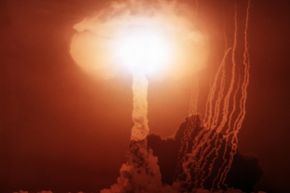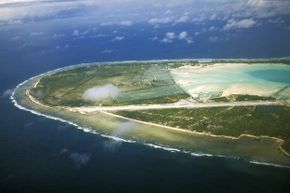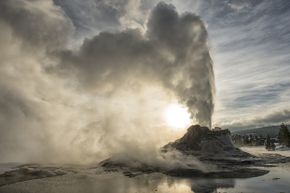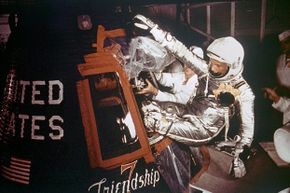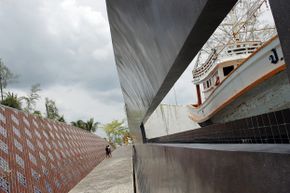Fear is an ancient emotion. The same fight-or-flight response that gripped cavemen stalked by a hungry saber-toothed tiger still grips modern humans when they skydive for the first time. Our heart rate increases, blood is redirected to critical body parts, adrenaline spikes, and our strength, stamina and senses are all heightened [source: Taylor]. In other words, we become scared superheroes ready to fight hard or run fast depending on the situation. It's a reaction that's served us well: Scientists credit it as an important part of the survival of our species.
Unfortunately, there have been many terrible events in our history that have struck fear in the hearts of people across the globe. In many of these instances, the danger was imminent and horrifyingly clear, like the sight of a mushroom cloud rising over Hiroshima in 1945 or the tsunami wave rolling toward the beaches of Indonesia in 2004.
Advertisement
Other times, however, the threat was less obvious and fear lay in the dark unknown. Will a natural disaster happen and wipe out your town? Might a serial killer strike your neighborhood and endanger your family? Could an astronomical event impact the Earth and all life on it? Will a regional conflict become global and spark World War III? It's from this angle — a fear of the uncertain — that we compiled our list of 10 anxiety-inducing events in history.
